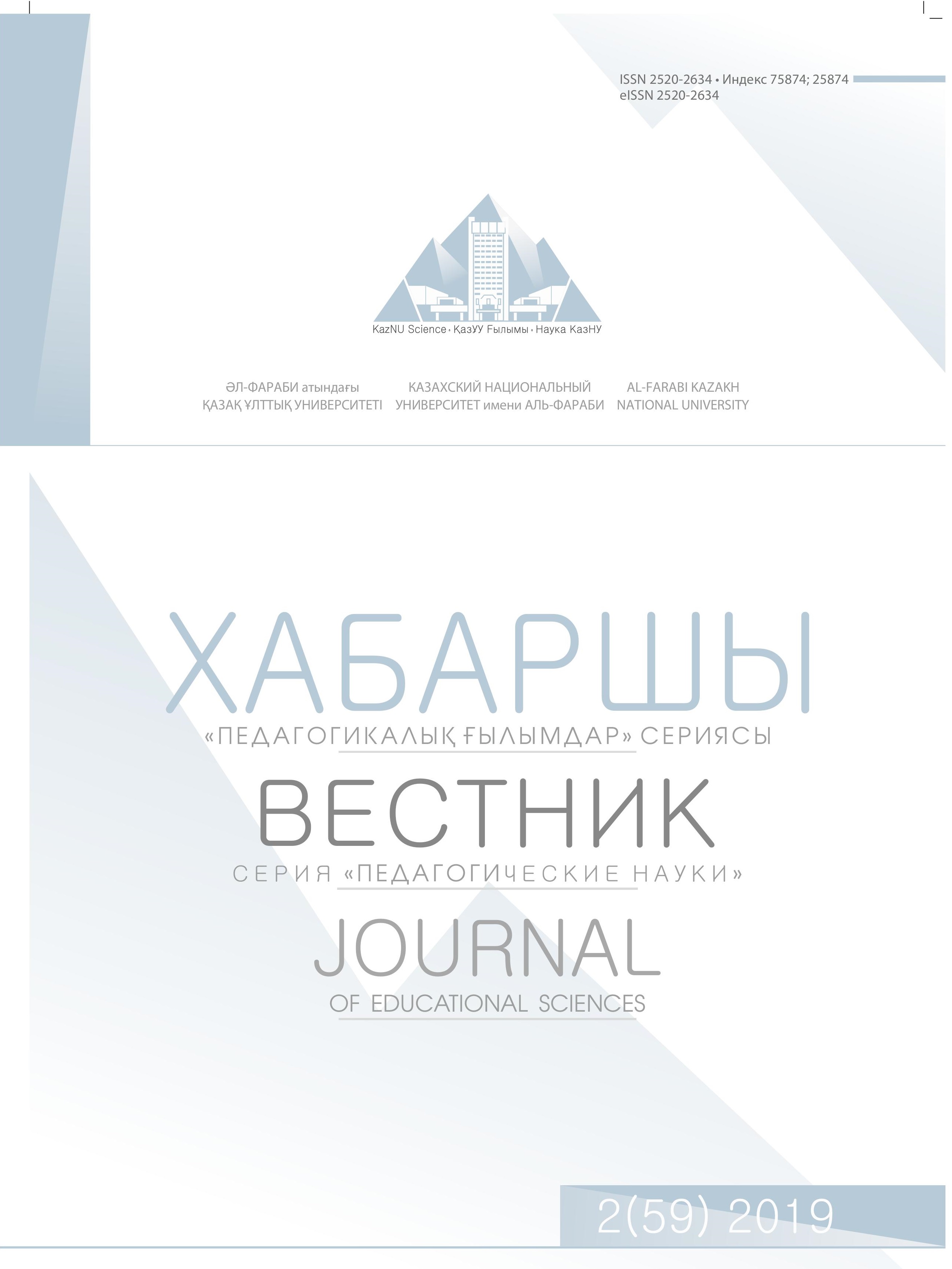BLENDED LEARNING IN MODERN EDUCATIONAL PROCESS: NECESSITY AND OPPORTUNITIES
DOI:
https://doi.org/10.26577/JES.2019.v59.i2.011Abstract
The article analyzes the potential and capabilities of the blended learning method as didactic means of transition implementation from the traditional learning model to the integrated one using electronic media and resources. Identify existing blended learning models discuss ways to adapt them to the conditions of the Kazakhstan university system. Problems impeding the effective and rapid integration of e-learning environments are indentified, and some strategic initiatives to address them are suggested. Tech-based learning has been proven to increase the retention of students in classrooms or in online education. Blended learning methods involve tools that allow creativity in lessons and subjects. This keeps learners engaged and the use of online resources creatively recreates what they are learning.
This method of learning is not monotonous but it is always evolving to improve training. Lessons become interactive sessions that teachers and students look forward to and enjoy. Blended learning enables students to stay focused for longer which brings them academic success. Digital learning mechanisms can sustain the interest of students through graphics, videos and other methods. Teachers have the freedom to create instructional videos and give real-time feedback that promotes engagement with students.
Key words: blended learning, information technology, e-learning, informatization of education.







